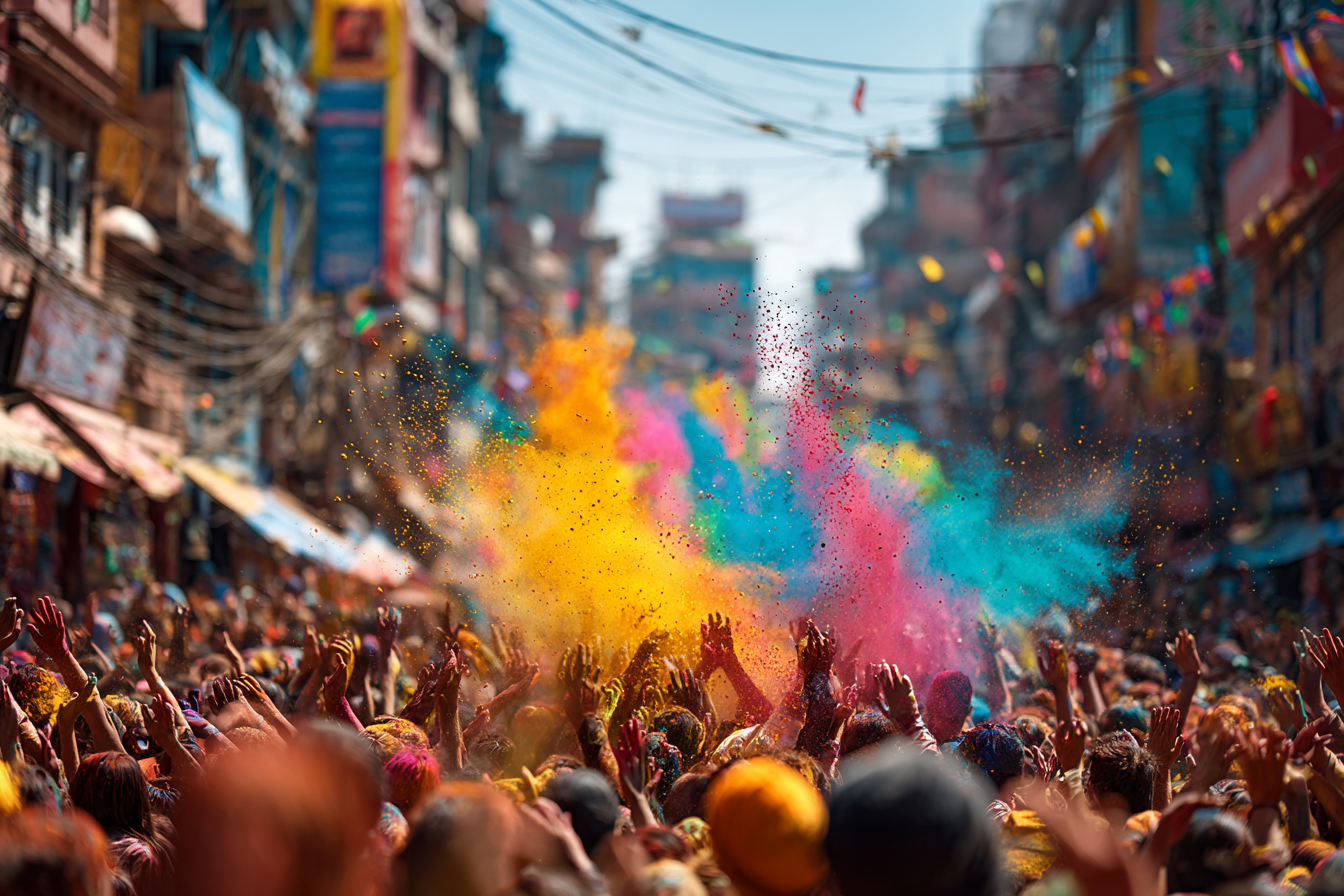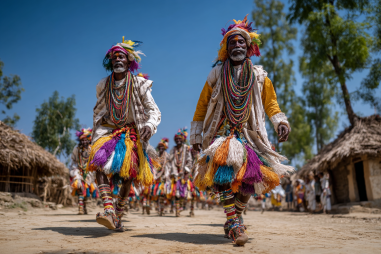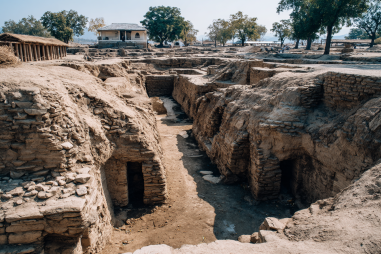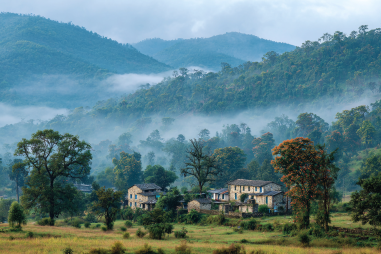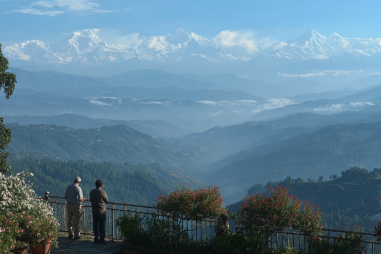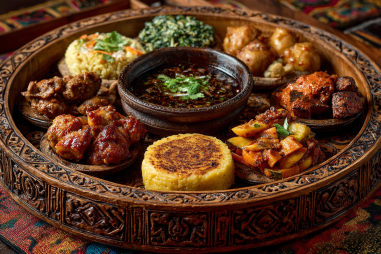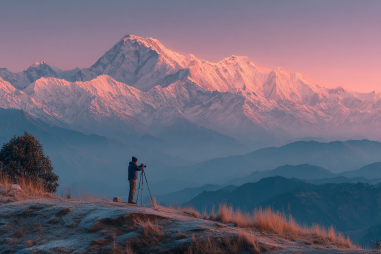Nepal’s capital, Kathmandu, is a city overflowing with traditions, spirituality, and joyous celebrations that paint the streets with vibrant colors and infectious energy. Whether you’re a culture enthusiast, a photographer, or simply a curious traveler, experiencing Kathmandu festivals and events is a fantastic way to dive deep into the local way of life. From the grandeur of religious festivities to lively music fairs and seasonal celebrations, Kathmandu’s calendar offers something just about every month of the year. Join us as we explore some of the city’s most iconic festivals and events and discover how to make the most of your visit during these magical times.
Overview of Major Festivals in Kathmandu
Kathmandu is renowned for its rich cultural tapestry shaped by Hinduism, Buddhism, and centuries of local traditions. The festivals here are not just events; they are communal experiences that unite people in celebration, prayer, dance, and feasting. Among the numerous festivals celebrated, a few stand out due to their significance, scale, and sheer vibrancy:
- Dashain: The longest and most important festival of the year
- Tihar: Known as the festival of lights and dogs
- Holi: The exuberant festival of colors
- Indra Jatra: A vibrant religious festival honoring the god Indra
- Cultural fairs and music festivals: Showcasing Nepal’s artistic heritage
These festivals offer a unique window into Nepal’s cultural soul and are perfect occasions for visitors to engage with Kathmandu’s lively local atmosphere.
Dashain and Tihar Celebrations
Dashain is the most important Nepali Hindu festival, lasting 15 days and typically falling in late September to October. It celebrates the victory of good over evil, specifically the goddess Durga’s triumph over the demon Mahishasura. During Dashain, homes are cleaned and decorated, family members gather to receive tika (a mixture of red vermilion, yogurt, and rice) and blessings from elders. Markets brim with fresh produce and festive goods, and there’s a joyful spirit of reunion and feasting everywhere you go.
Tihar, also called Deepawali or the festival of lights, follows Dashain and spans five days. This festival honors various animals—crows, dogs, cows—and celebrates Lakshmi, the goddess of wealth. Kathmandu lights up with colorful oil lamps, candles, and decorative lights. The fifth day features Bhai Tika, a special ceremony where sisters apply tika on their brothers’ foreheads, praying for their well-being. Both Dashain and Tihar transform Kathmandu into a city drenched in colors, warmth, and devotion.
Holi: The Festival of Colors
Holi, celebrated in the spring, is perhaps the most playful and photogenic festival in Kathmandu. Known worldwide as the festival of colors, Holi bursts with joy as participants smear each other with powdered pigments and splash colored water. The streets become a kaleidoscope of hues, where locals and visitors alike partake in singing, dancing, and spirited fun. Beyond the revelry, Holi marks the arrival of spring and the victory of good over evil in Hindu mythology. Kathmandu’s Durbar Square and surrounding neighborhoods are prime spots to witness this colorful spectacle. If you plan to attend, wear clothes you don’t mind spoiling and dive into the jubilant atmosphere—it’s a memory you won’t forget.
Indra Jatra and Other Religious Events
Indra Jatra is one of Kathmandu’s most significant religious festivals, celebrated in September in honor of Lord Indra, the god of rain and heavens. This eight-day festival is marked by vibrant masked dances, chariot processions, and the unveiling of the living goddess, Kumari, to the public. The giant chariots bearing the images of deities are pulled through the streets by enthusiastic crowds, accompanied by traditional music and dance performances.
Other noteworthy religious festivals in Kathmandu include Buddha Jayanti, which commemorates the birth of Lord Buddha, and Gai Jatra, a festival dedicated to remembering deceased relatives through colorful and often humorous parades. Attending these celebrations offers remarkable insight into the city’s spiritual pulse and traditions.
Cultural Fairs and Music Festivals
Kathmandu not only honors age-old traditions but also hosts an array of cultural fairs and music festivals that celebrate Nepal’s evolving art scene. Events like the Kathmandu Jazz Festival and the Nepal International Film Festival attract artists and audiences from all over the world, blending global and local talents.
Cultural fairs, such as the annual Newari festivals, illuminate traditional crafts, food, dances, and rituals particular to the Newar community—the indigenous inhabitants of Kathmandu Valley. These events are excellent opportunities to discover indigenous art forms, sample authentic foods, and interact with artisans. No matter when you visit, whether there’s a music concert in a historic courtyard or a handicraft fair along a bustling street, Kathmandu’s cultural vibrancy is unmistakable.
Seasonal Happenings
Seasonal changes in Kathmandu bring their own special set of events and moods. Spring is heralded by Holi and other flower festivals, while the autumn months host Dashain and Tihar, when the city is at its most festive.
The monsoon season, often seen as off-peak for tourists, is still lively with smaller religious ceremonies and harvest-related rituals. Winter, though cooler, offers pleasant weather and the chance to see less crowded temples and participate in more intimate community gatherings. Checking the local calendar before your visit can help you time your trip to coincide with some of these exciting seasonal festivals, enhancing your cultural experience.
Travel Tips for Festival Visitors
Visiting Kathmandu during festivals is incredibly rewarding but comes with a few practical considerations to help you have the best experience:
- Book accommodations early: Festivals attract many visitors, and hotels fill up quickly.
- Expect crowds and traffic: Allocate extra travel time and be patient in crowded areas.
- Dress appropriately: Respect local dress codes, especially for religious sites; modest, comfortable clothing is ideal.
- Carry cash: Some street vendors and festivities operate on cash only.
- Stay hydrated and protect yourself from the sun: Many events are outdoors for long hours.
- If celebrating Holi, protect electronic devices: Use waterproof covers and keep valuables safe.
How to Participate Respectfully
Being a respectful visitor is crucial when taking part in Kathmandu’s festivals. These celebrations are deeply rooted in faith and tradition, so keep the following in mind:
- Ask before photographing: Seek permission before taking pictures of people, especially during rituals.
- Observe before joining: Watch the customs and follow the lead of locals to ensure respectful participation.
- Avoid disrupting ceremonies: Maintain respectful silence and distance when rituals are underway.
- Use appropriate language and gestures: Be polite and avoid loud or disruptive behavior.
- Support local artisans and vendors: Purchasing crafts and foods helps sustain the cultural heritage.
By honoring these simple courtesies, you’ll foster genuine interactions and enrich your festival experience in Kathmandu.
Stay Updated with Kathmandu’s Festival Calendar
To make the most of your visit, it’s handy to keep track of the main festivals and their approximate dates:
- January/February: Maghe Sankranti, Buddha Jayanti
- March: Holi
- August/September: Indra Jatra, Gai Jatra
- September/October: Dashain
- October/November: Tihar
- November/December: Various cultural fairs and music festivals
Checking local tourism websites or asking your hotel concierge upon arrival can keep you in the loop about any unexpected events or changes. This way, you won’t miss out on experiencing the true rhythm of Kathmandu’s vibrant culture.
Embracing Kathmandu’s festivals offers an unforgettable journey into Nepal’s heart and soul. Whether you witness the grandeur of Dashain, the colorful chaos of Holi, or the spiritual calm of Indra Jatra, each event is a celebration of life, tradition, and community spirit. So plan your trip with these vibrant festivities in mind, and dive into a cultural adventure that will stay with you long after you leave.

